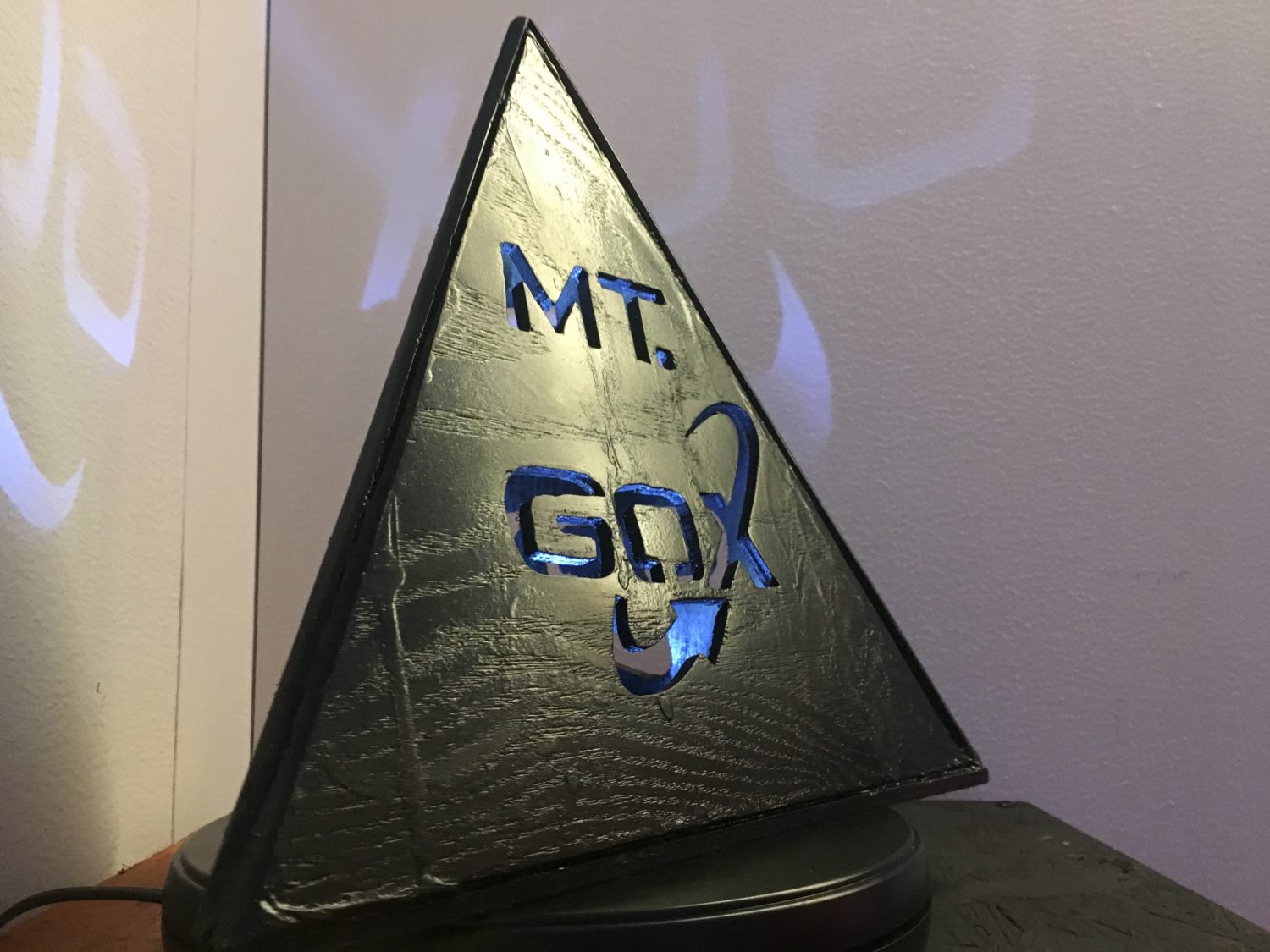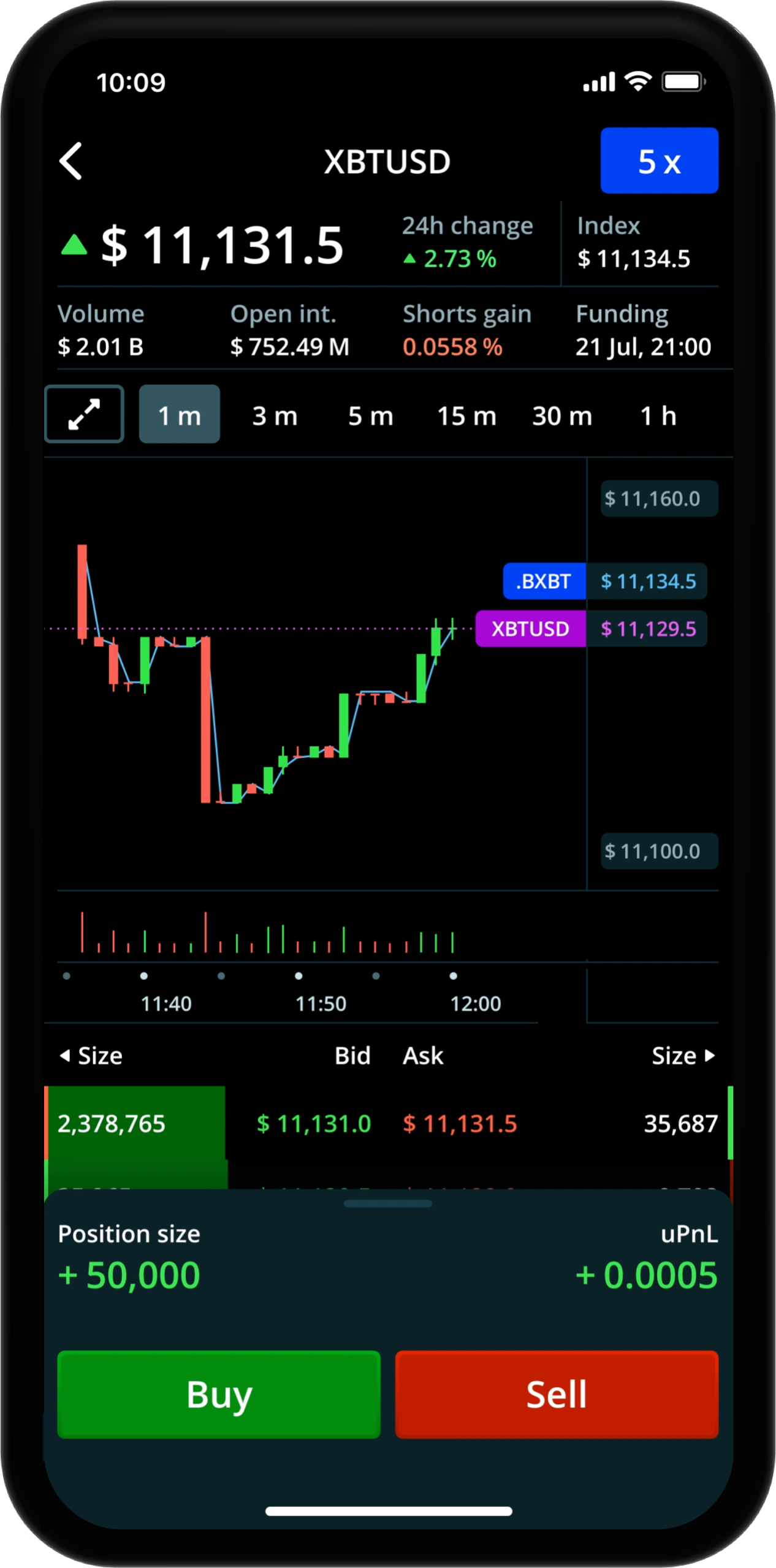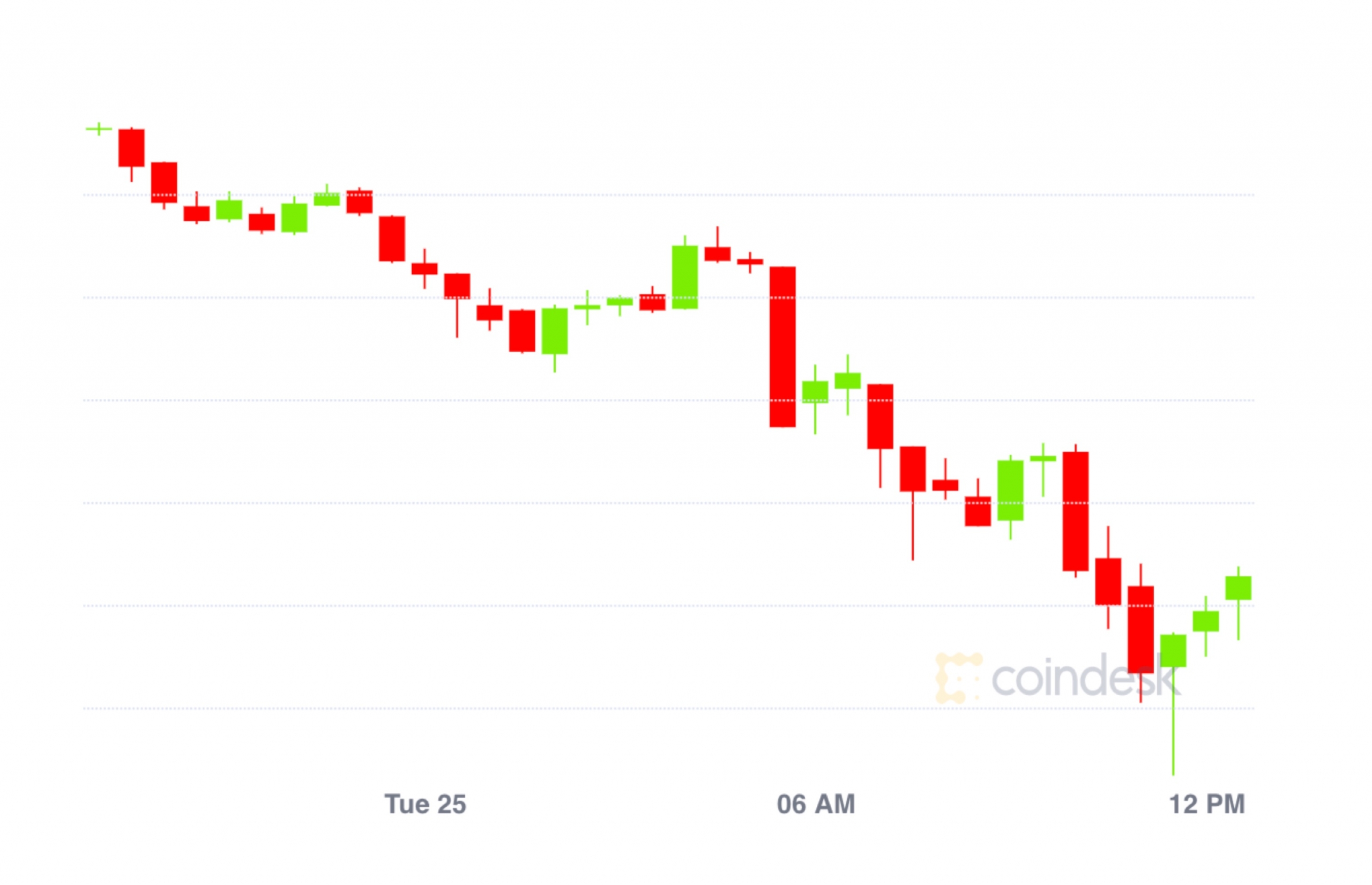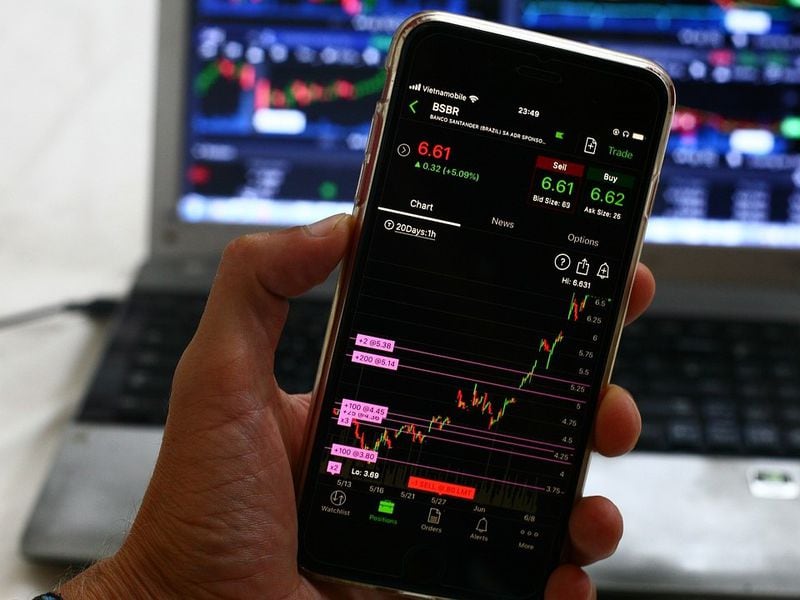First Mover: Chainlink’s Soaring Token Shows Lucrative ‘Oracle’ Role in Fast-Growing DeFi
Tarot cards (Derek R. Audette/Shutterstock)
First Mover: Chainlink’s Soaring Token Shows Lucrative ‘Oracle’ Role in Fast-Growing DeFi
Chainlink’s LINK tokens have quadrupled in price this year to become one of the biggest success stories this year in cryptocurrency markets.
The project’s market capitalization, now the 12th highest among all digital assets at $2.7 billion according to CoinGecko, reflects investor perceptions of Chainlink as the leading crypto “oracle” provider. That means it supplies prices and data streams to semi-automated lending and trading systems built atop blockchains.
You’re reading First Mover, CoinDesk’s daily markets newsletter. Assembled by the CoinDesk Markets Team, First Mover starts your day with the most up-to-date sentiment around crypto markets, which of course never close, putting in context every wild swing in bitcoin and more. We follow the money so you don’t have to. You can subscribe here.
The function is crucial in the fast-growing arena of decentralized finance, or DeFi, which has generated such a speculative fervor in recent months that supposed money-of-the-future bitcoin has almost started to look passé.
But now Chainlink’s early lead as the dominant DeFi oracle is starting to attract competitors, and cryptocurrency investors are wondering if the niche industry might be due for a shakeup. Given the key role played by oracles in DeFi, users of the decentralized systems also stand to benefit.
Potential rivals could include dedicated oracle upstarts like Tellor as well as leading DeFi projects like MakerDAO that are developing their own solutions. Another data oracle, Band Protocol, launched a new version of its network on the Cosmos blockchain last month, to avoid congestion on the more popular Ethereum network, on which Chainlink runs. Others in the space include Augur and Nest, according to the industry-tracking website DeFi Pulse.
“I think it’s good that there are different projects that are offering this, obviously,” Niklas Kunkel, head of backend services for MakerDAO, said in a phone interview.

Chainlink has taken a commanding lead among DeFi oracles, a perch that’s been strengthened with frequent announcements of new partnerships and node operators. Just last week, Deutsche Telekom’s IT subsidiary, T-Systems, announced plans to join Chainlink as a node operator. This past Friday, Korean banks IBK Bank, Shinhan Bank, KEB Bank, NH Bank and CenterPrime announced they plan to provide oracle data for Chainlink.
The project even has galvanized a community around it, and its most ardent supporters are known as Chainlink Marines on social media.
DeFi applications are built using “smart contracts” – strings of computer programming that are embedded into blockchain networks and designed to automate specific functions like lending or cryptocurrency swaps, based on incoming data inputs. There’s no human middlemen as in the case of centralized banks and Wall Street trading firms to monitor pricing, so the smart contracts rely on distributed input sources, known as oracles.
Under Chainlink’s protocol, data is aggregated from third parties and then batched into oracle feeds that are streamed out to DeFi systems. Various information providers, mostly from the cryptocurrency ecosystem, provide the data as “node operators” and are rewarded with payments in LINK. Many of Chainlink’s oracles have over a dozen participants.
Chainlink’s most popular product is pricing for cryptocurrencies like bitcoin; the platform lists 36 trading pairs on its website.
“If you don’t have data on-chain, you can’t build a contract for a certain market,” Sergey Nazarov, co-founder of Chainlink, told First Mover in a phone interview. “We don’t make contracts. We don’t secure blocks. We don’t secure transactions. We just feed data into various systems.”

But in the fast-moving DeFi industry, where anything resembling an establishment could be years or even decades in the making, few competitors are ready to concede.
MakerDAO, the decentralized-lending project behind the dollar-linked stablecoin dai, has provided its own distributed oracles since 2017 and now lists seven price feeds on its website.
DeFi projects including 0x, Gnosis and Kyber Network are using MakerDAO’s oracle feeds as well as contributing to them as third-party data sources, according to Kunkel. Node operators in MakerDAO oracles are chosen and paid in the project’s cryptocurrency, dai.
“When we started building dai, there weren’t any existing oracles that we could utilize,” Niklas Kunkel, head of backend services for MakerDAO, told First Mover in a phone interview.
A newer entrant is Tellor, which uses a complex algorithm, based on the SHA-256 hash function that’s used in bitcoin mining, to assure the integrity of its data.
“Miners compete for the right to submit the data,” Tellor CEO Michael Zemrose said in a Telegram chat.
The rewards for providing data are paid out in Tellor’s native token, TRB. Its price has nearly quadrupled this year, but off of a smaller base: The token’s market capitalization stands at just $16 million according to CoinGecko, a tiny fraction of LINK’s.
At this point, the DeFi oracle market is Chainlink’s to lose.
Tweet of the day

Bitcoin watch

BTC: Price: $11,196 (BPI) | 24-Hr High: $11,214 | 24-Hr Low: $10,847
Trend: Bitcoin has been struggling to maintain momentum since a quick rush of volatility and a price surge to multi-month highs above $11,300 on Monday.
Since then, the price action has been largely centered around $11,000, with both lower highs and higher lows setting up a contracting triangle on the hourly chart. Such a pattern atop a prior bullish run ($9,000 to $11,300) is known as a bull pennant.
Chart analysts consider a bull pennant as a continuation pattern – one that recharges the bulls’ engines for an extension of the preceding rally. As such, we may see a bullish breakout and a rally toward the resistance at $12,000. A move above the upper end of the pennant, currently at $11,317, is needed to confirm the breakout.
That said, the possibility of the breakout failing to accelerate the uptrend cannot be ruled out, as the 14-day relative strength index is reporting overbought conditions with an above-70 print. In addition, Thursday’s doji candle is signaling buyer exhaustion.
If prices drop below the pennant support, currently at $10,920, a deeper decline toward the former hurdle-turned-support at $10,500 (February 2018 high) may be seen.
At press time, though bitcoin had risen to near $11,200, representing a 0.66% gain on the day.

Disclosure
The leader in blockchain news, CoinDesk is a media outlet that strives for the highest journalistic standards and abides by a strict set of editorial policies. CoinDesk is an independent operating subsidiary of Digital Currency Group, which invests in cryptocurrencies and blockchain startups.









